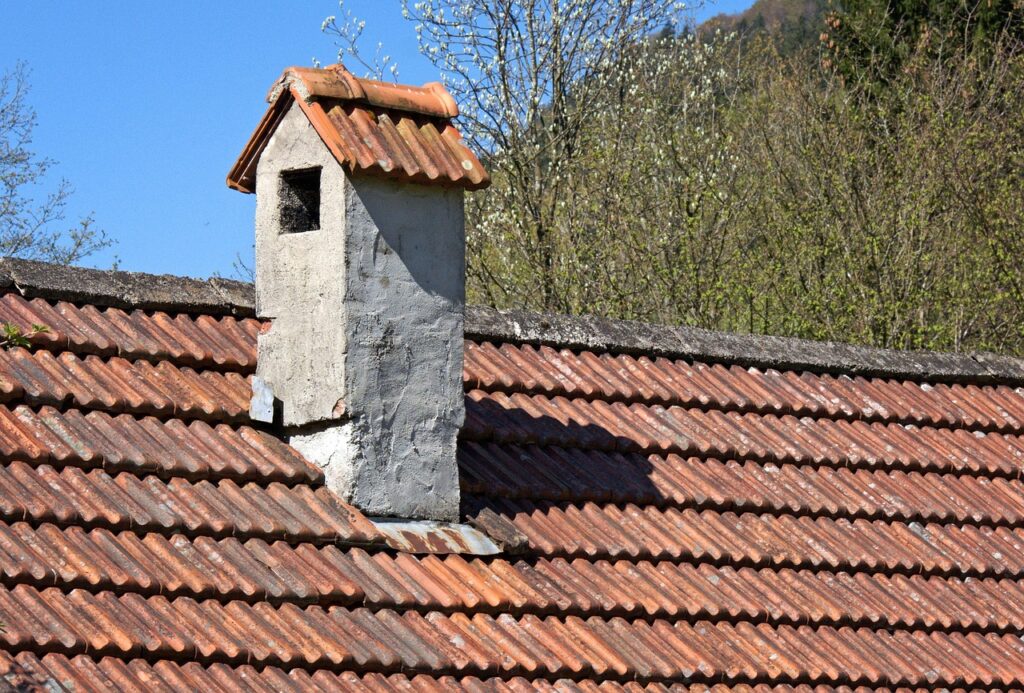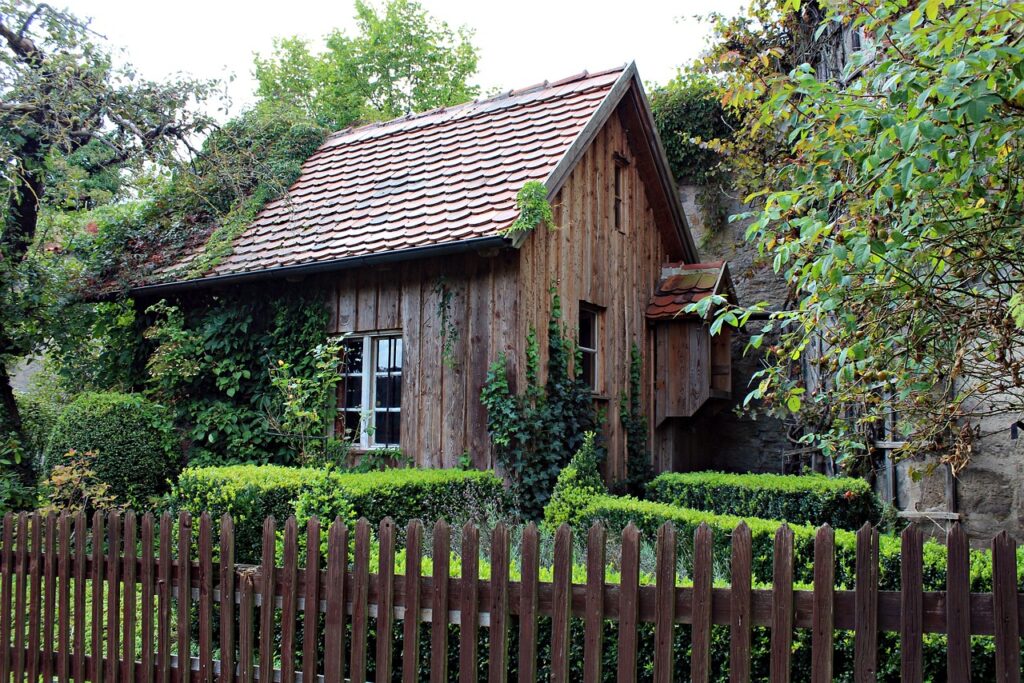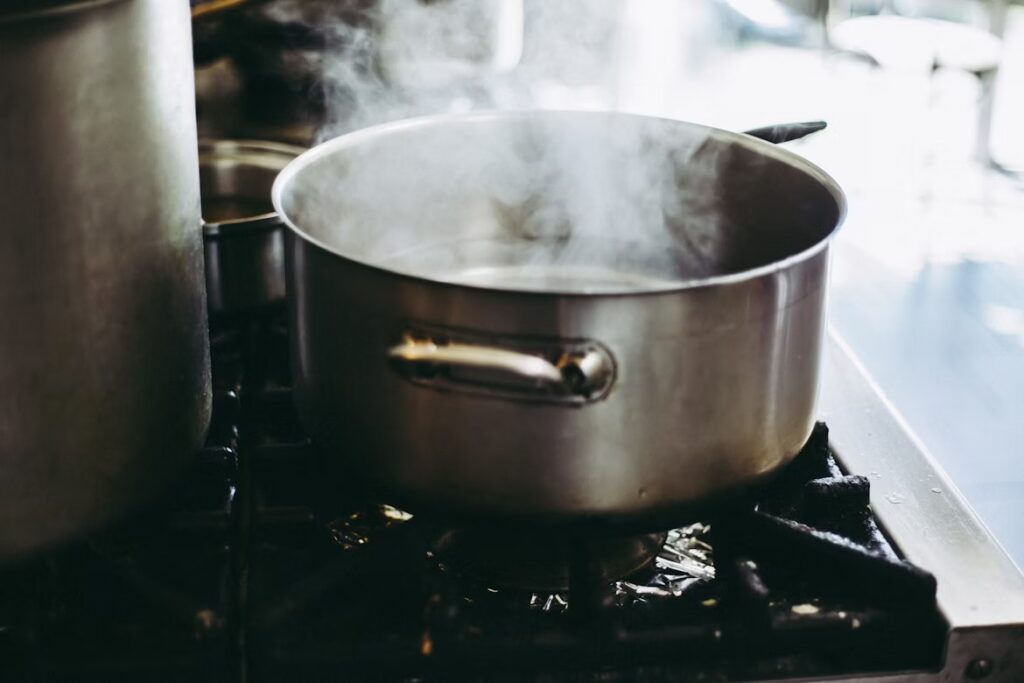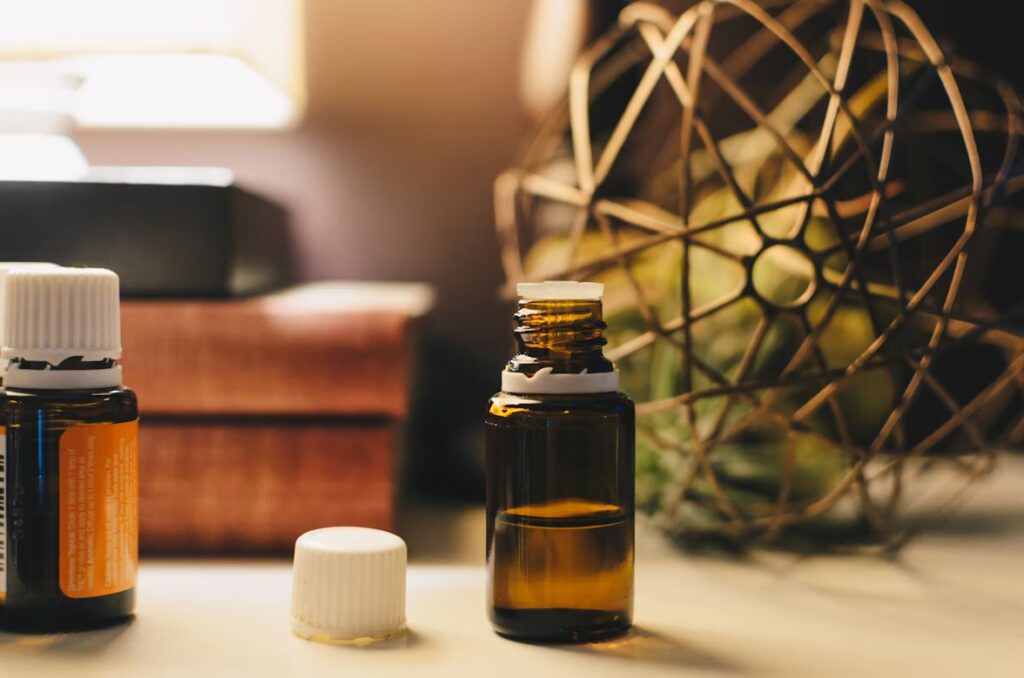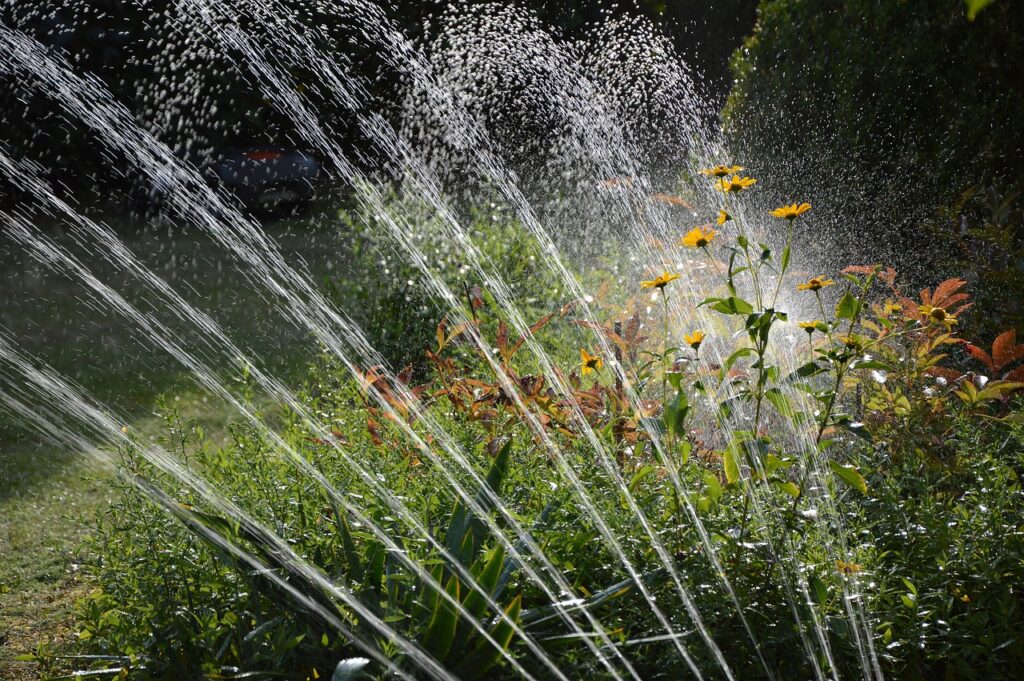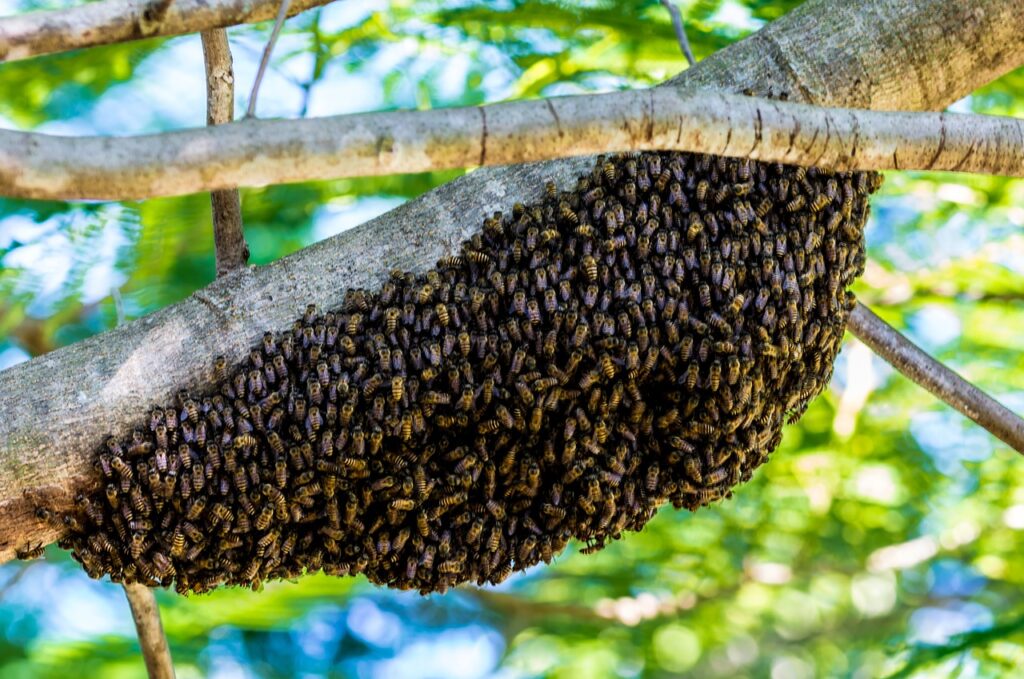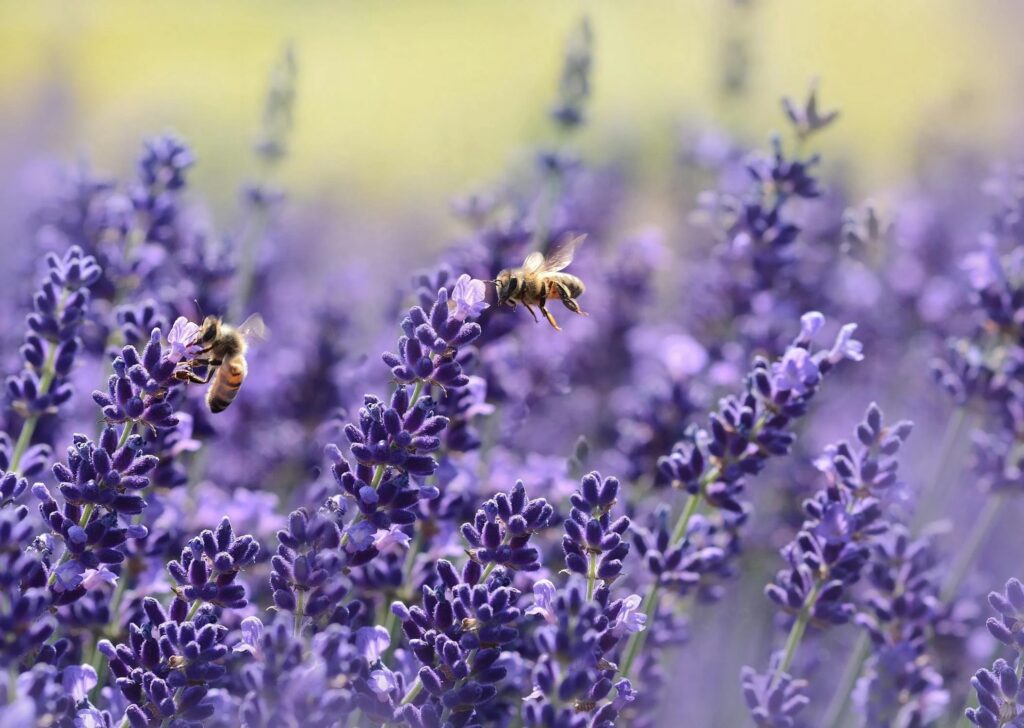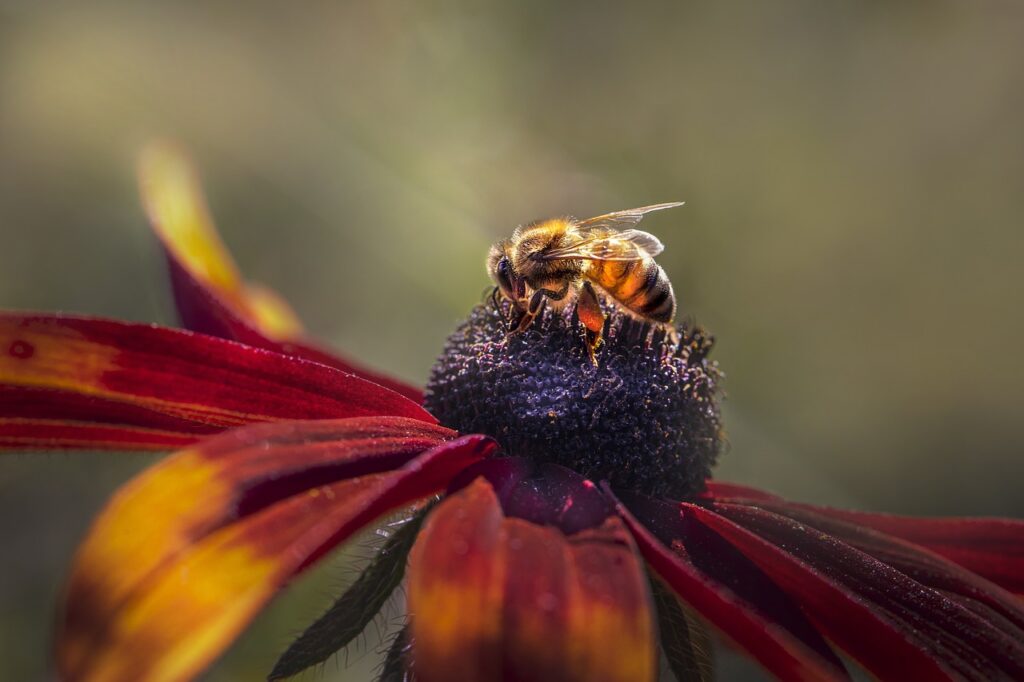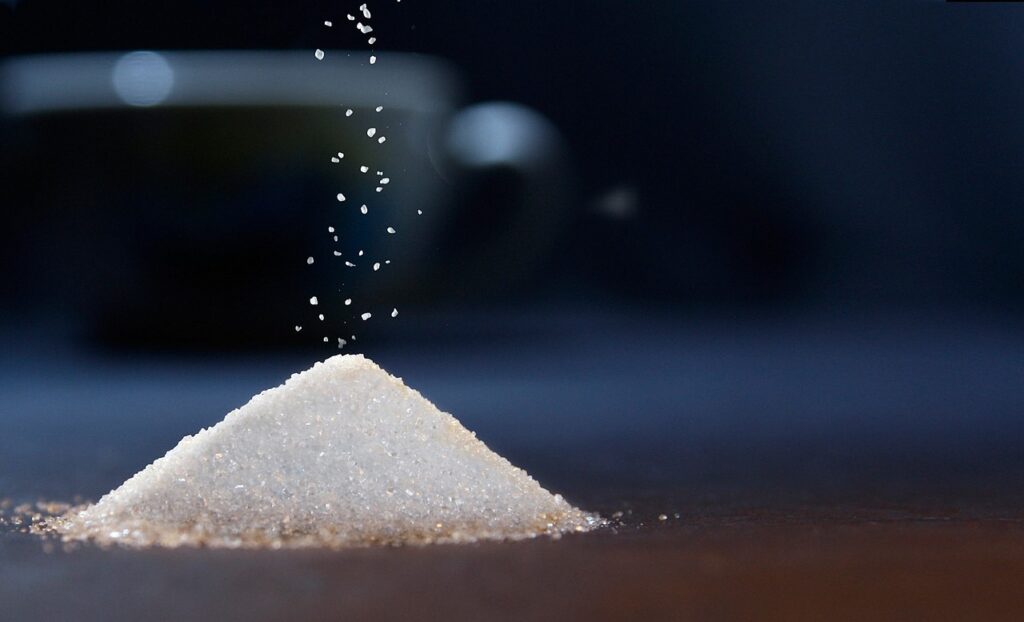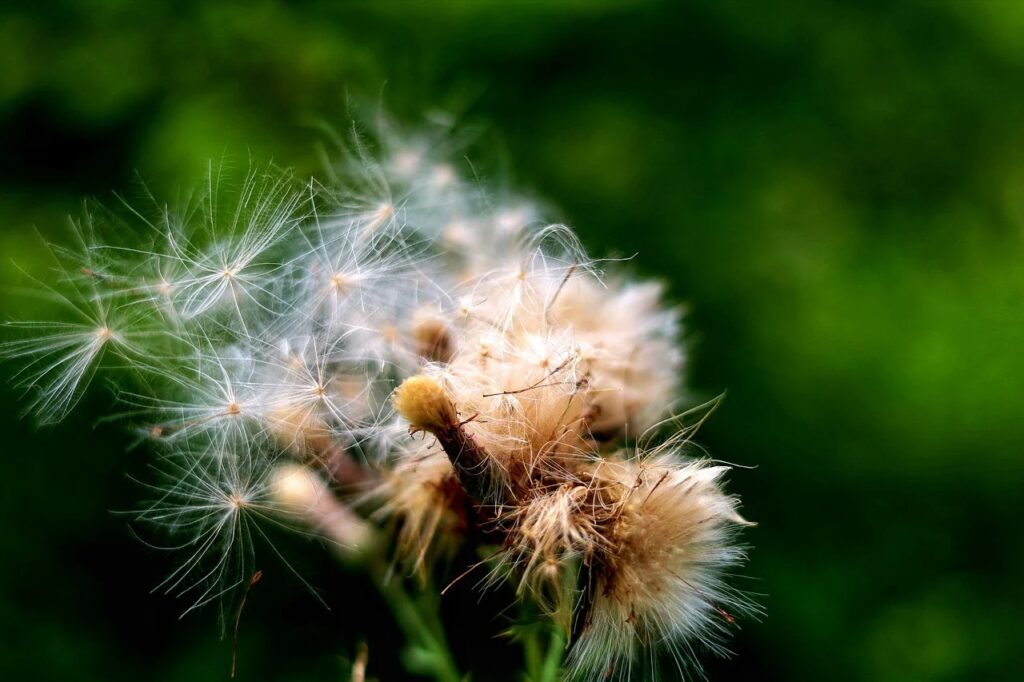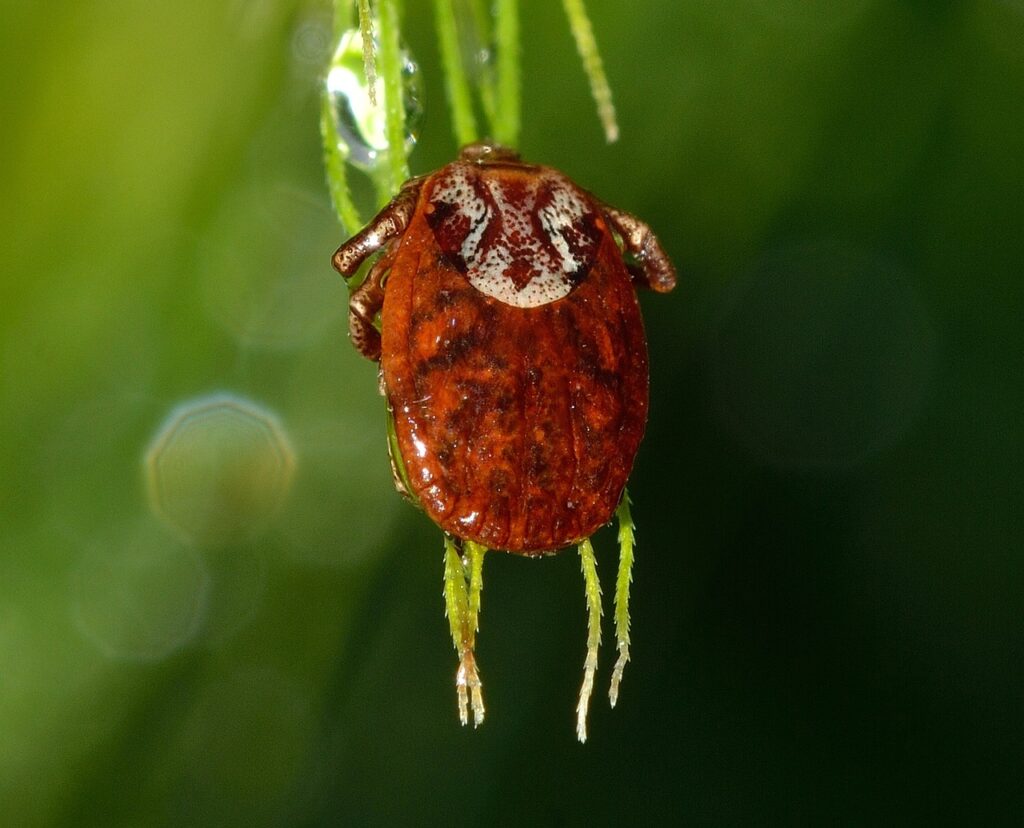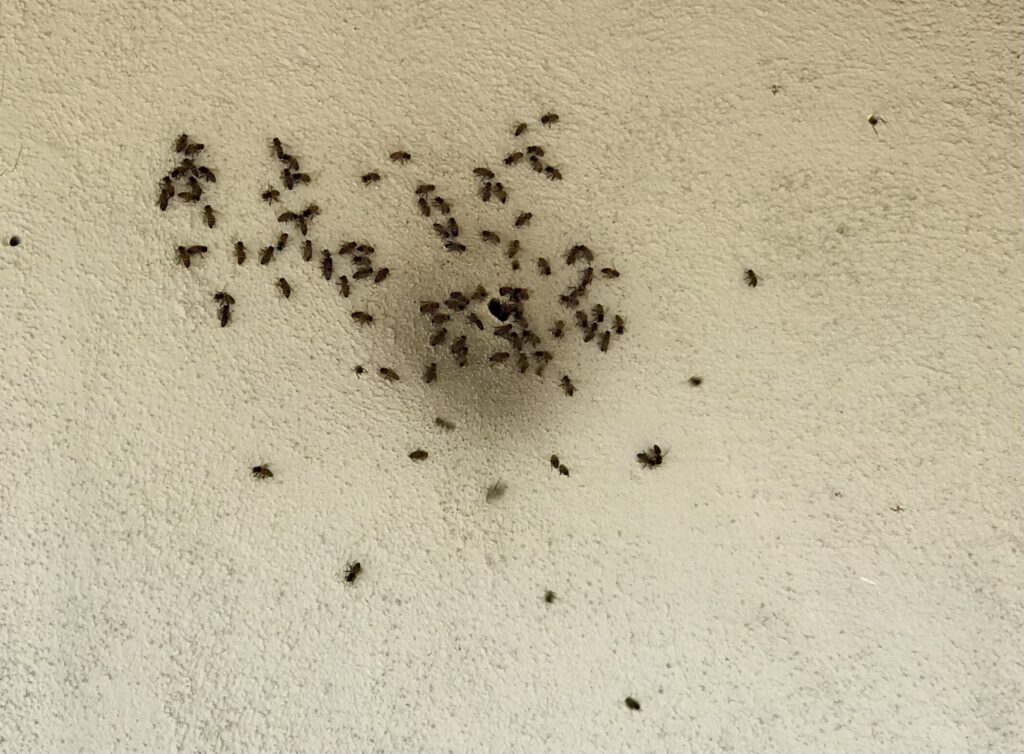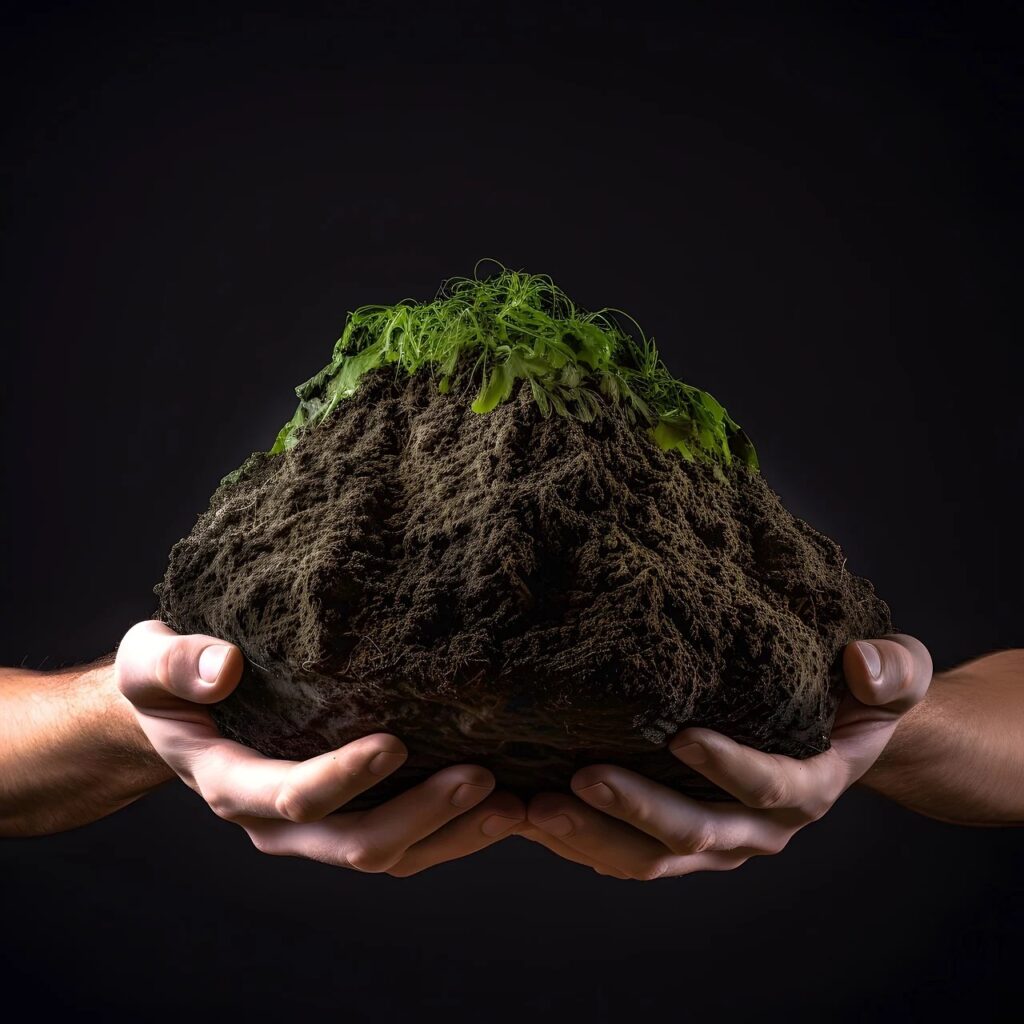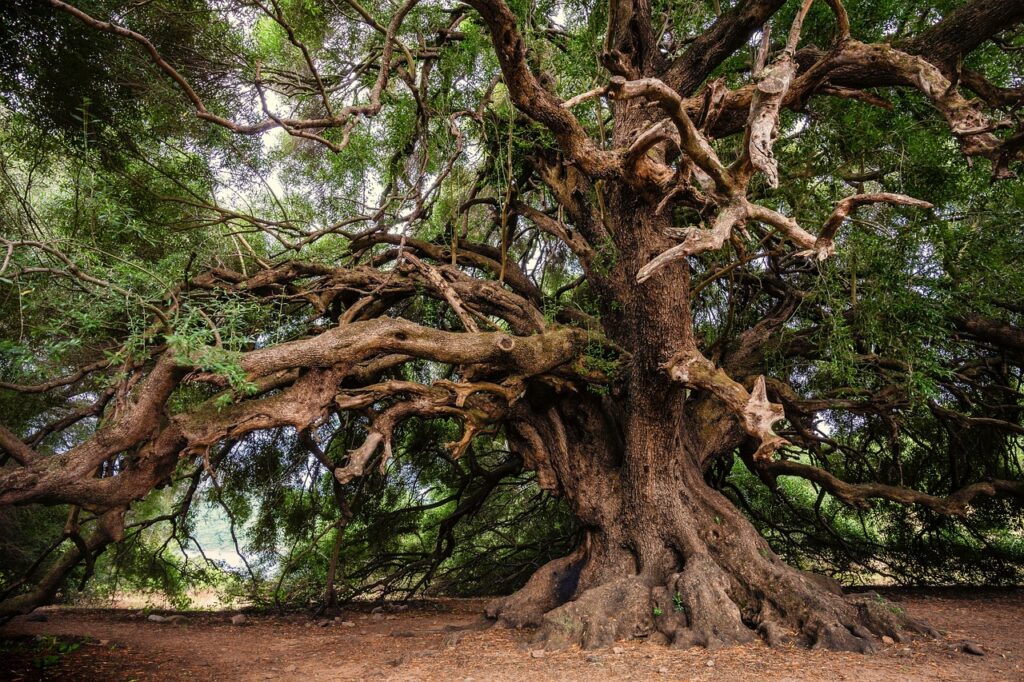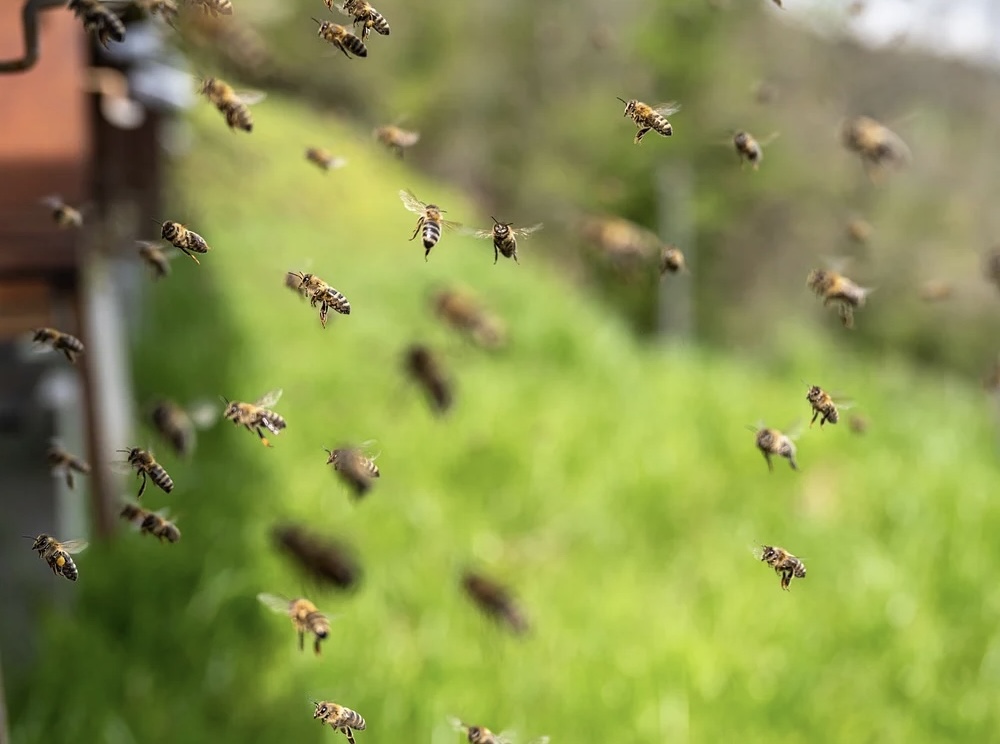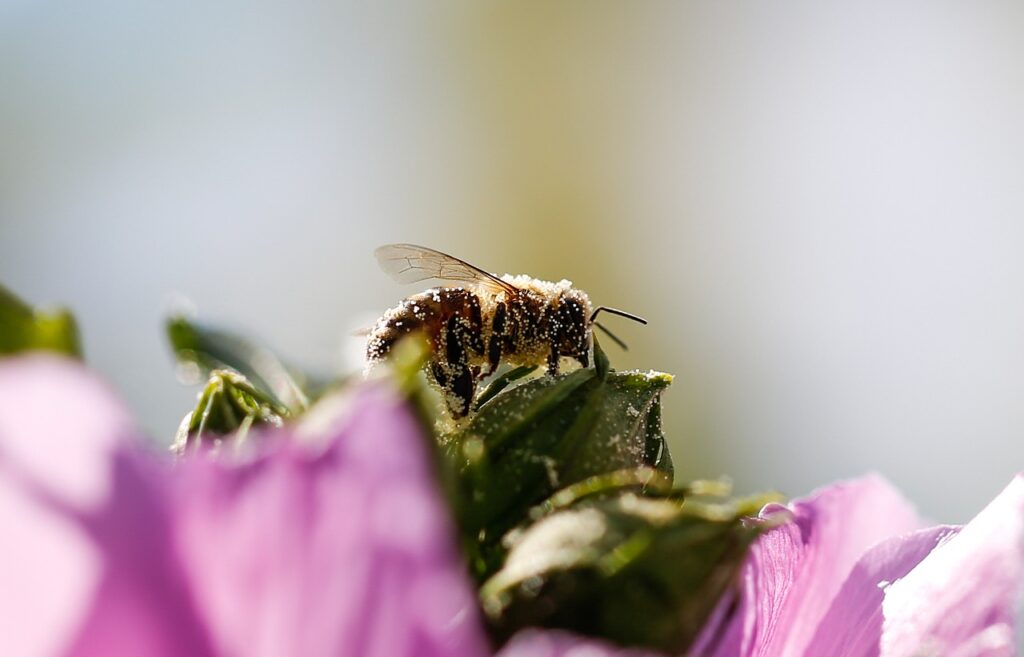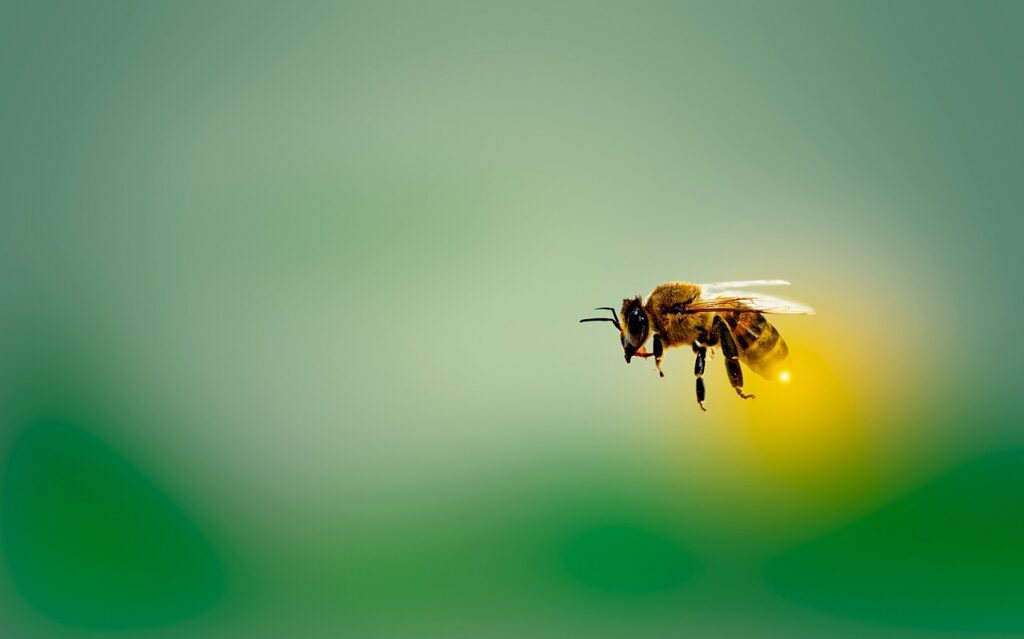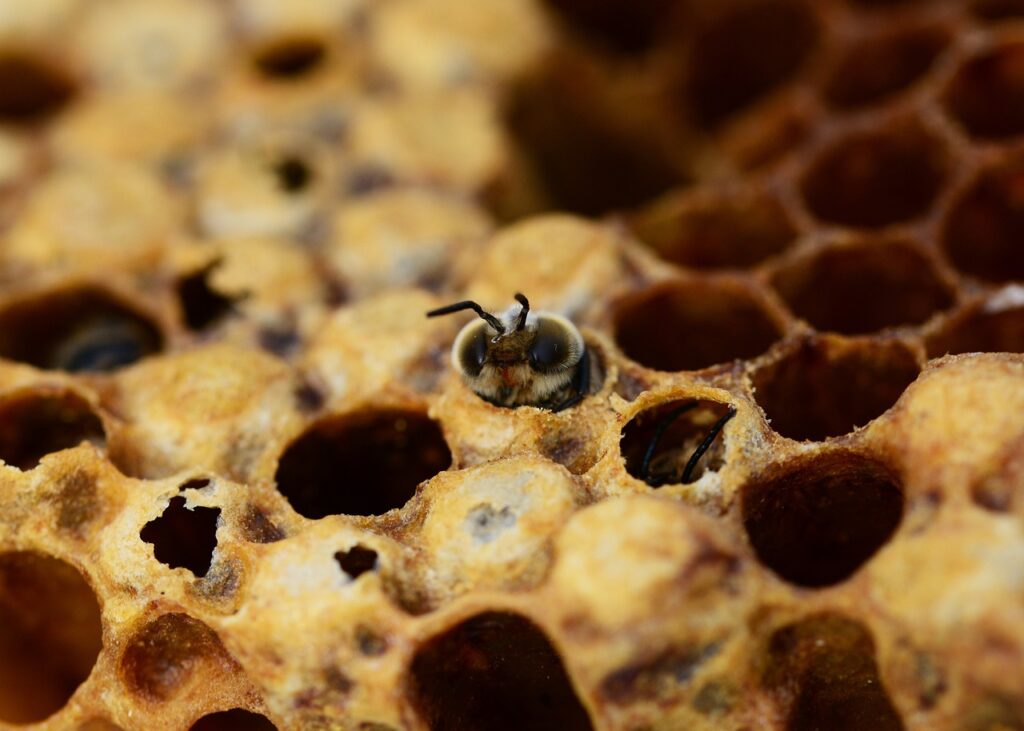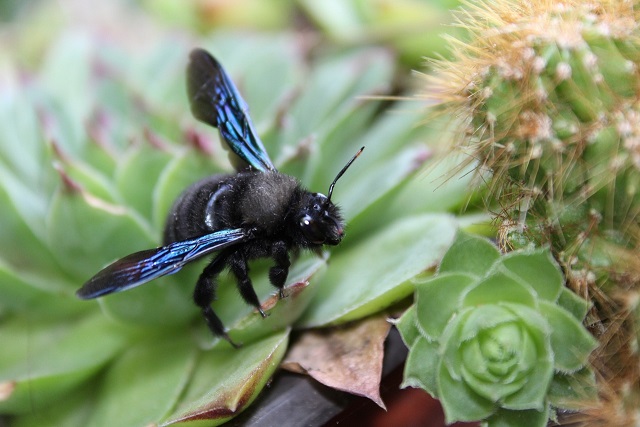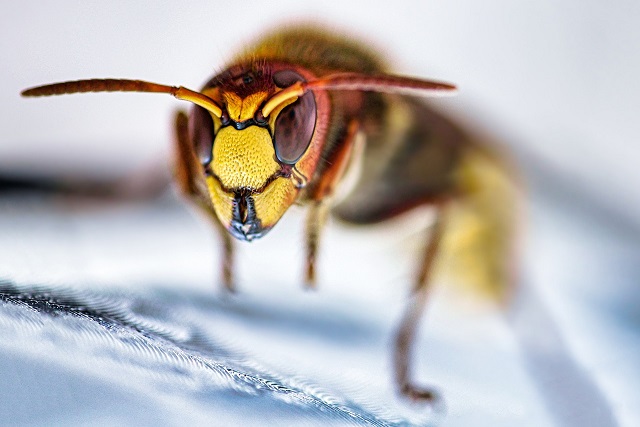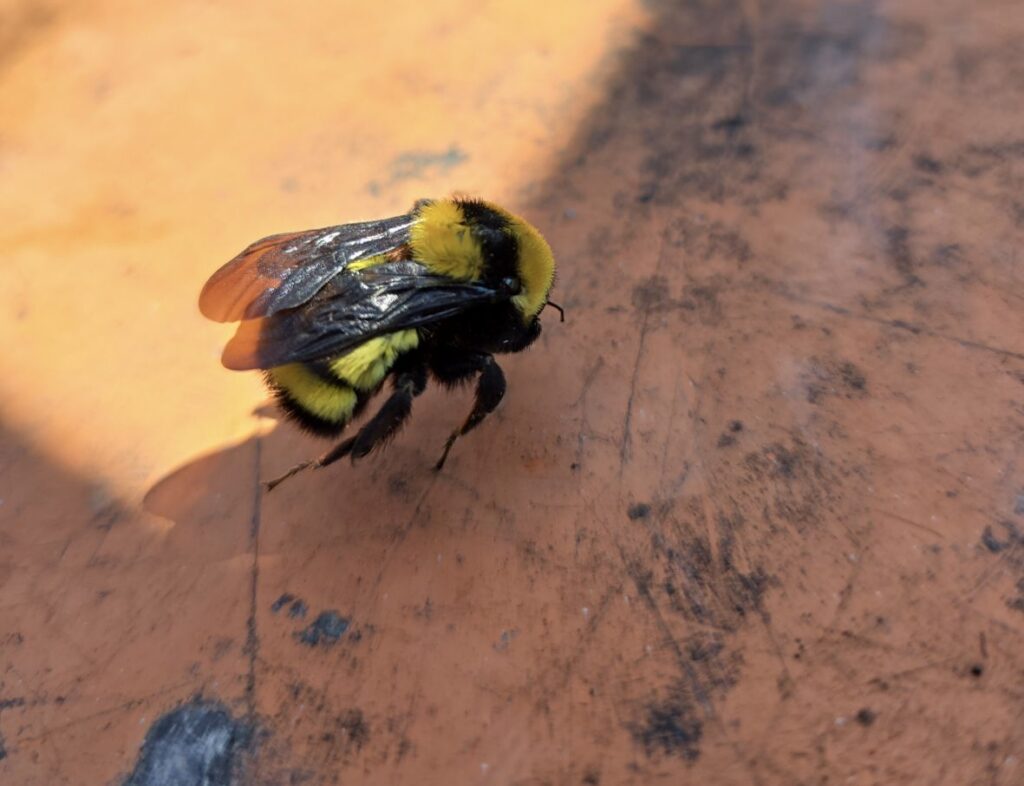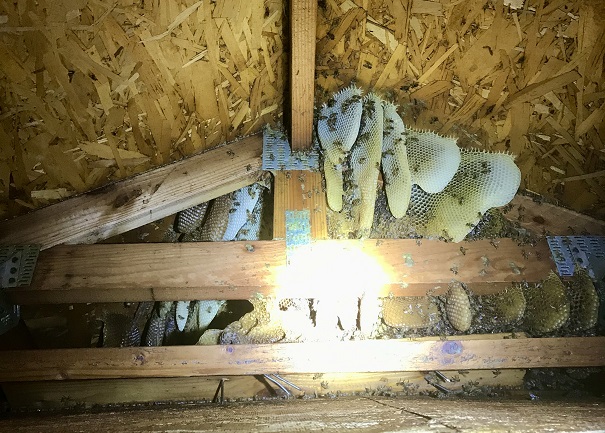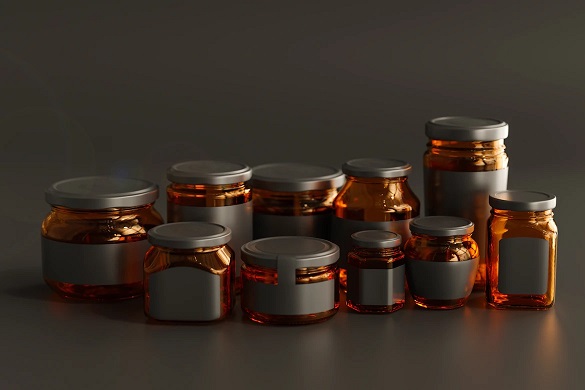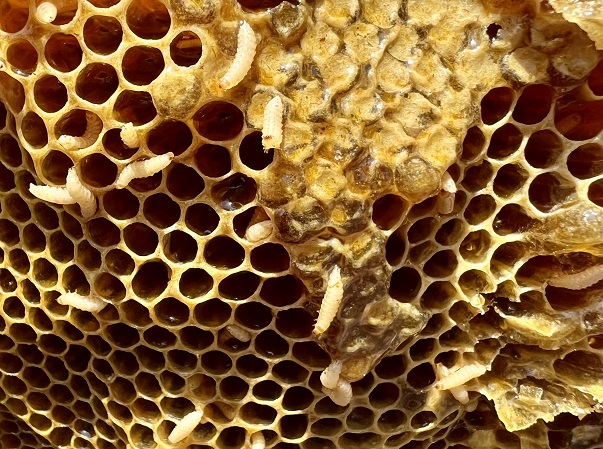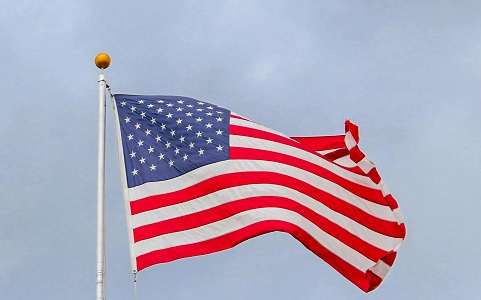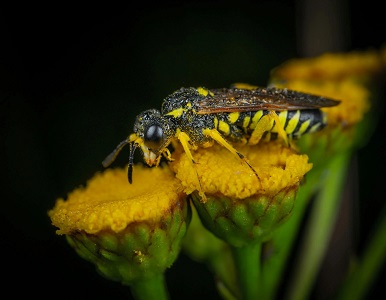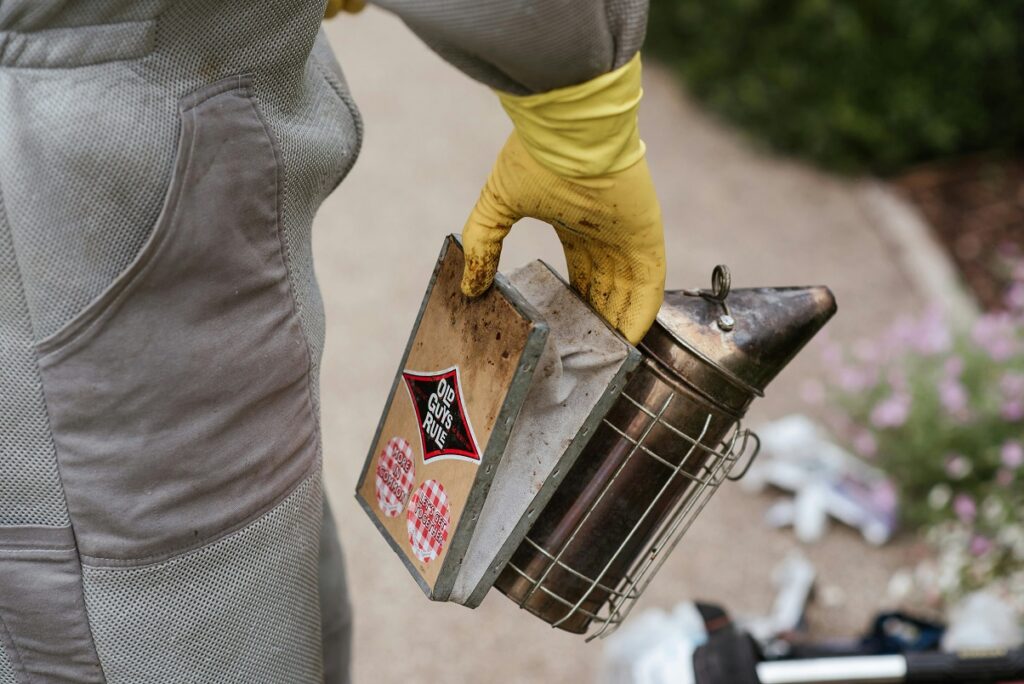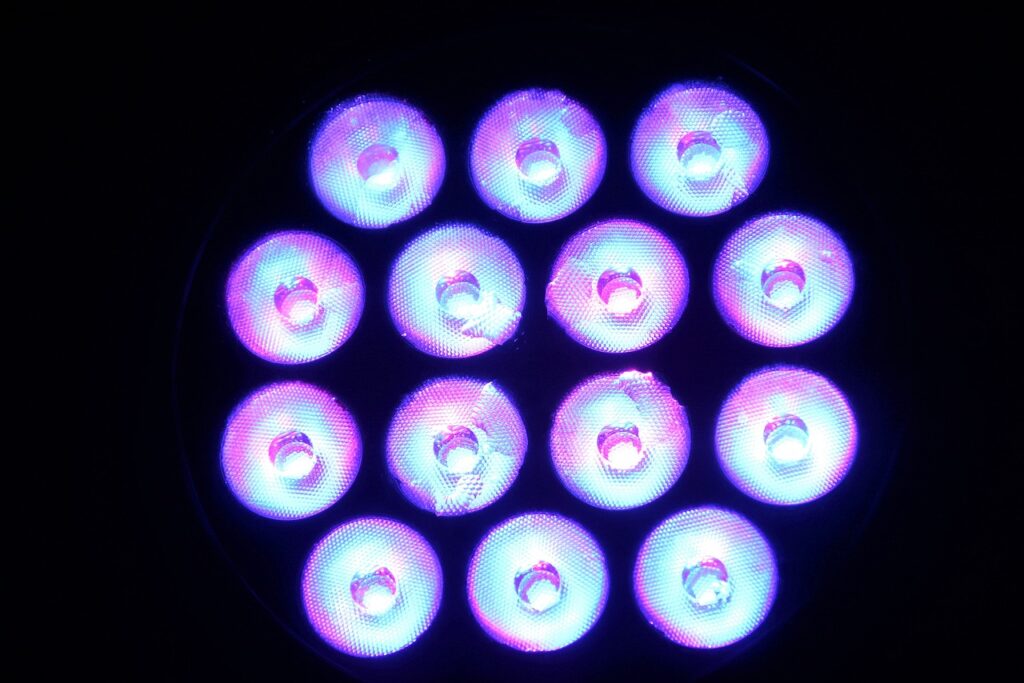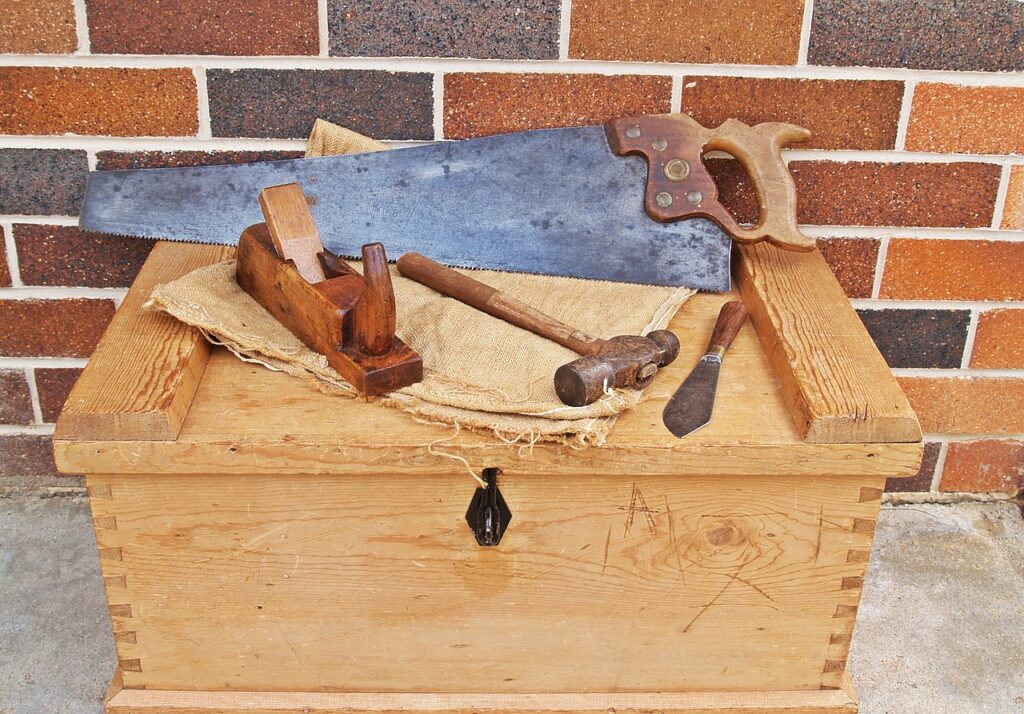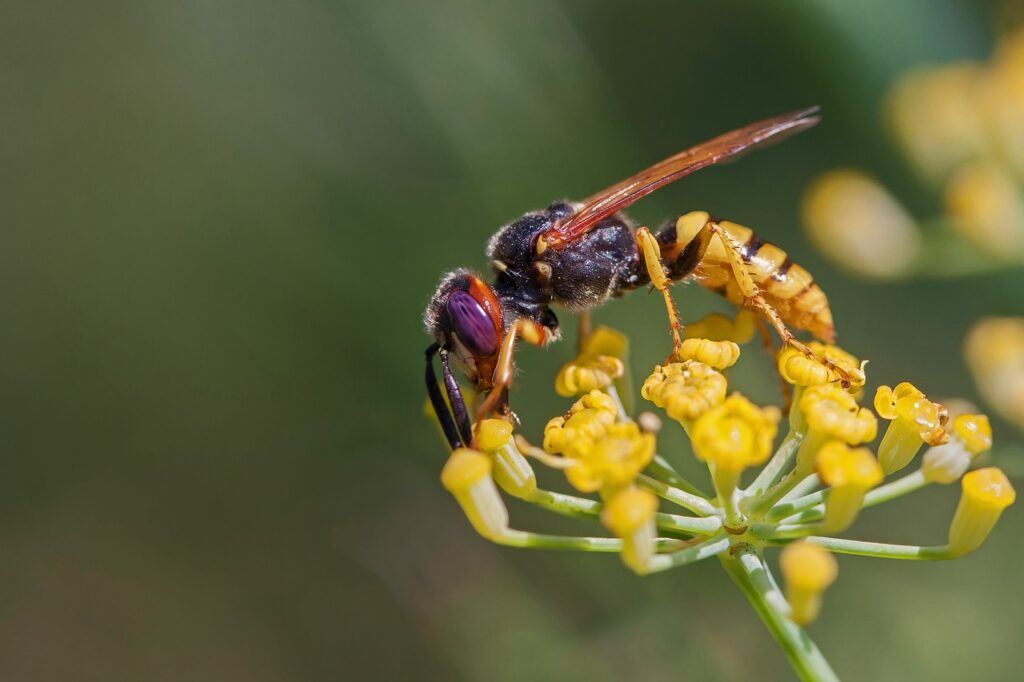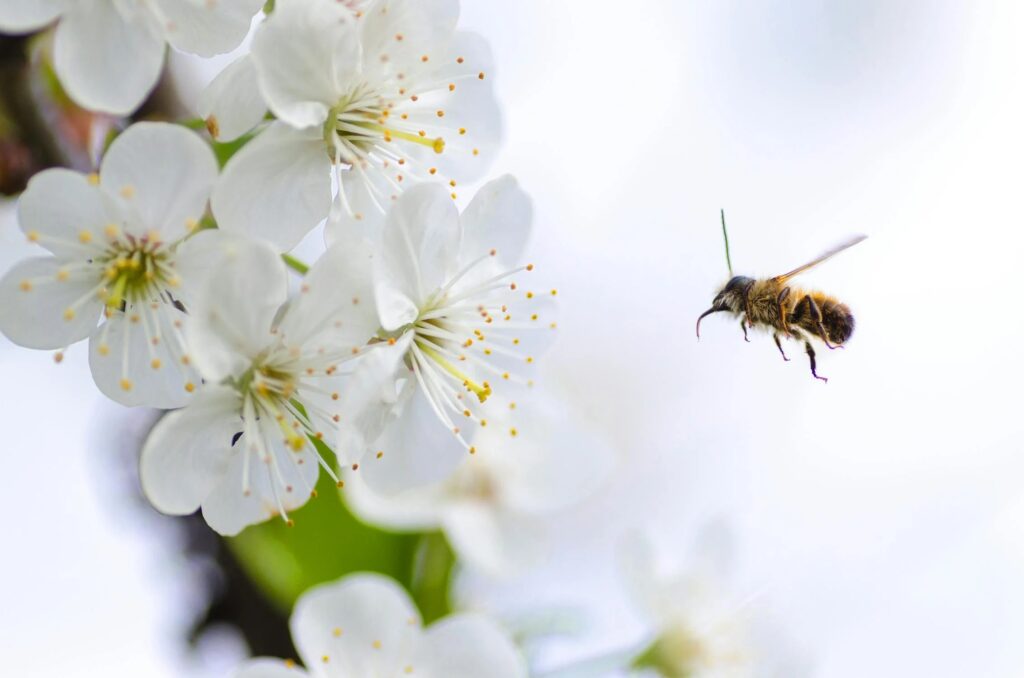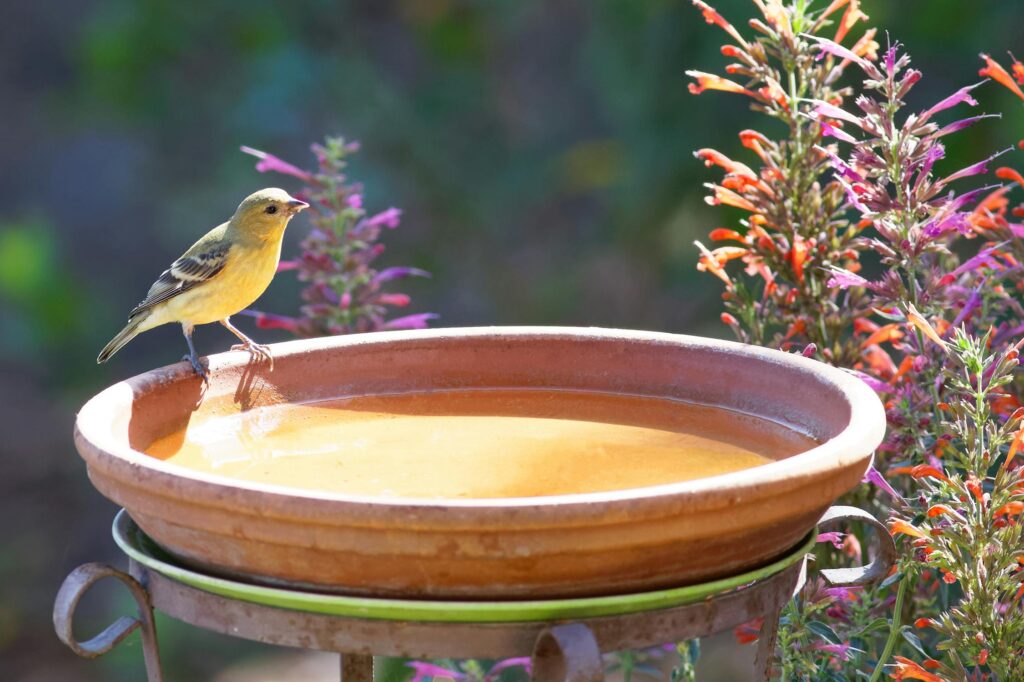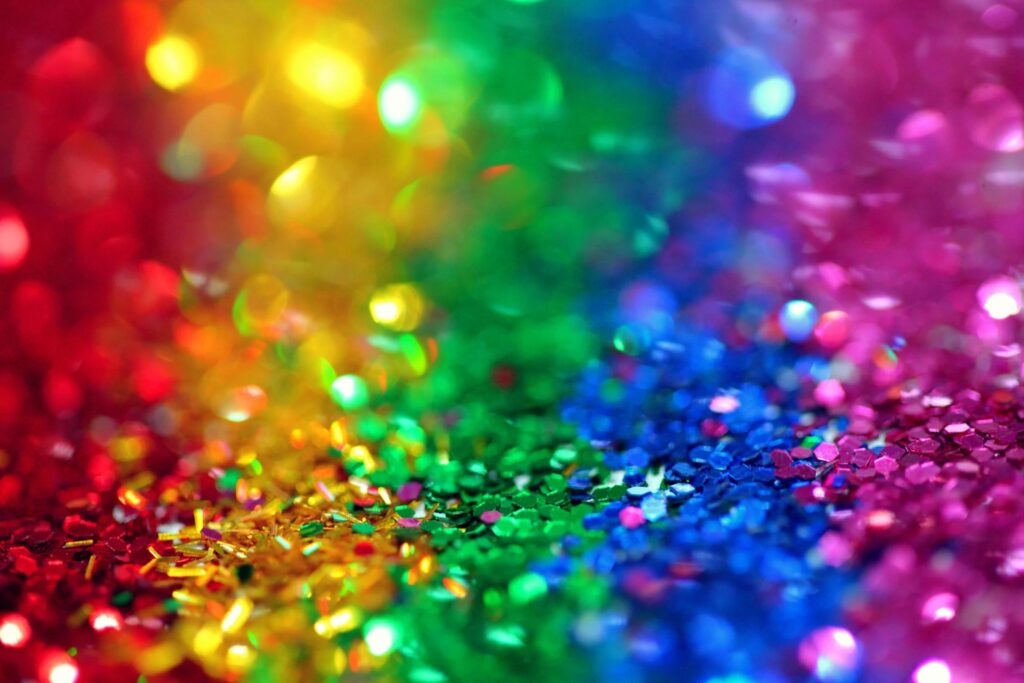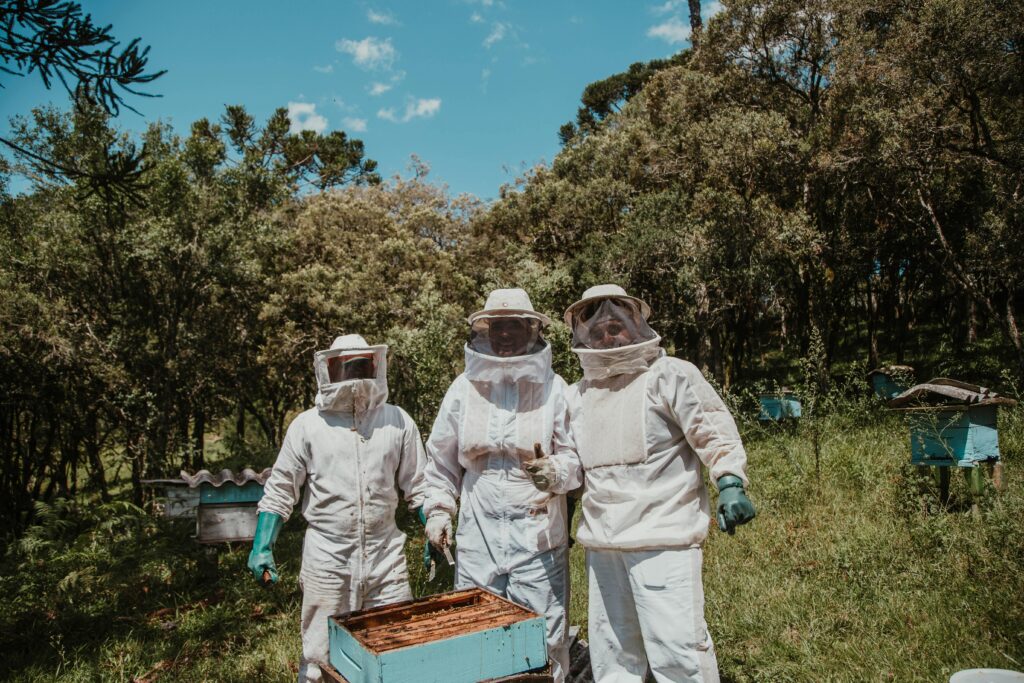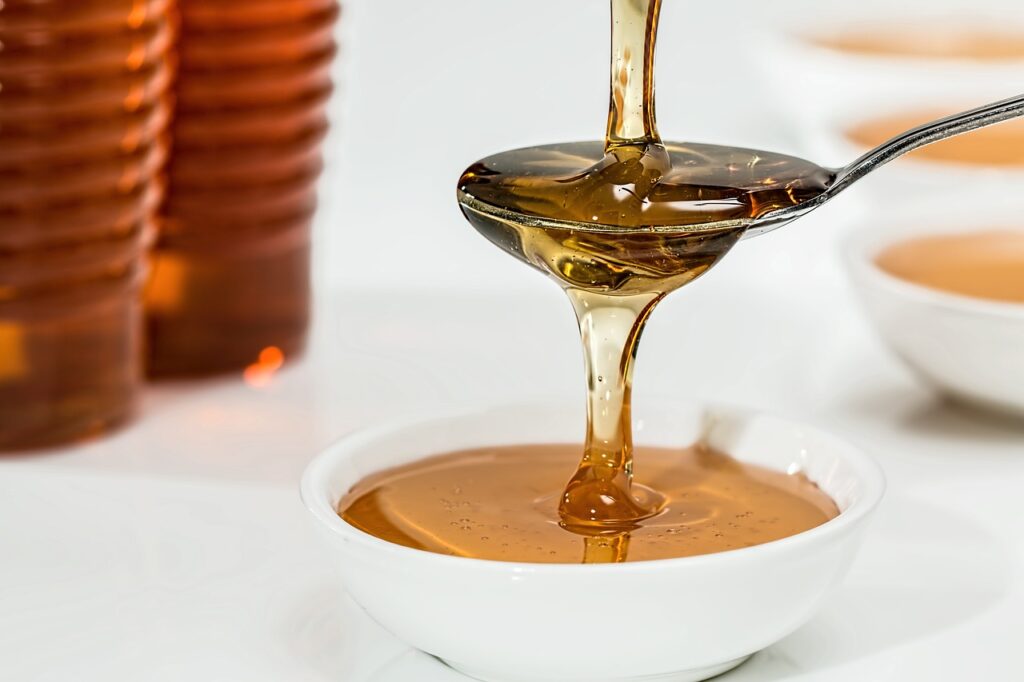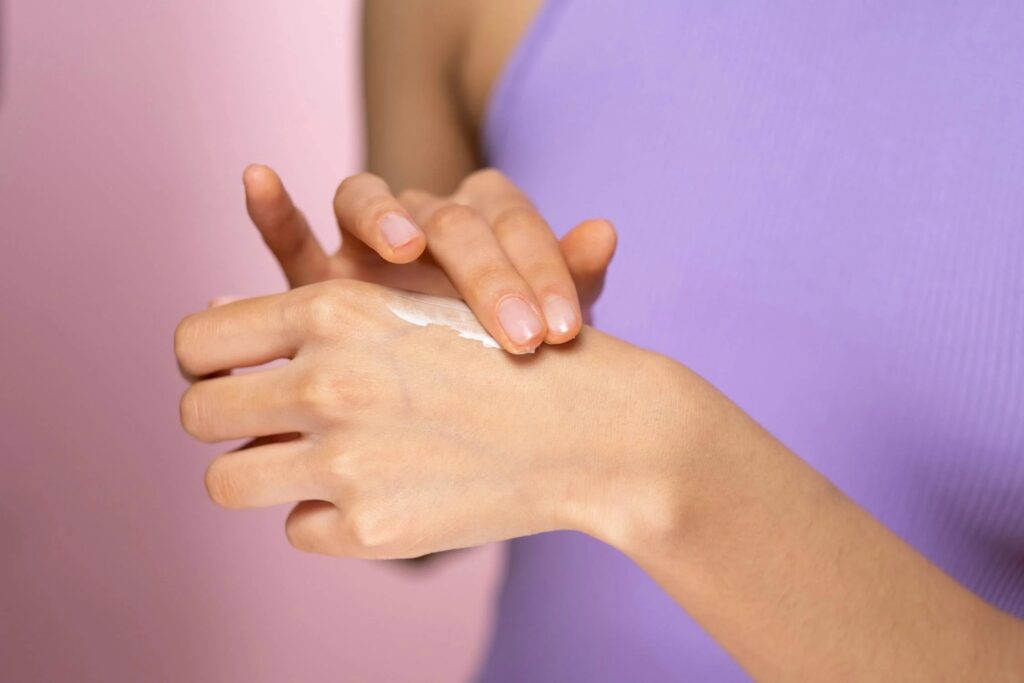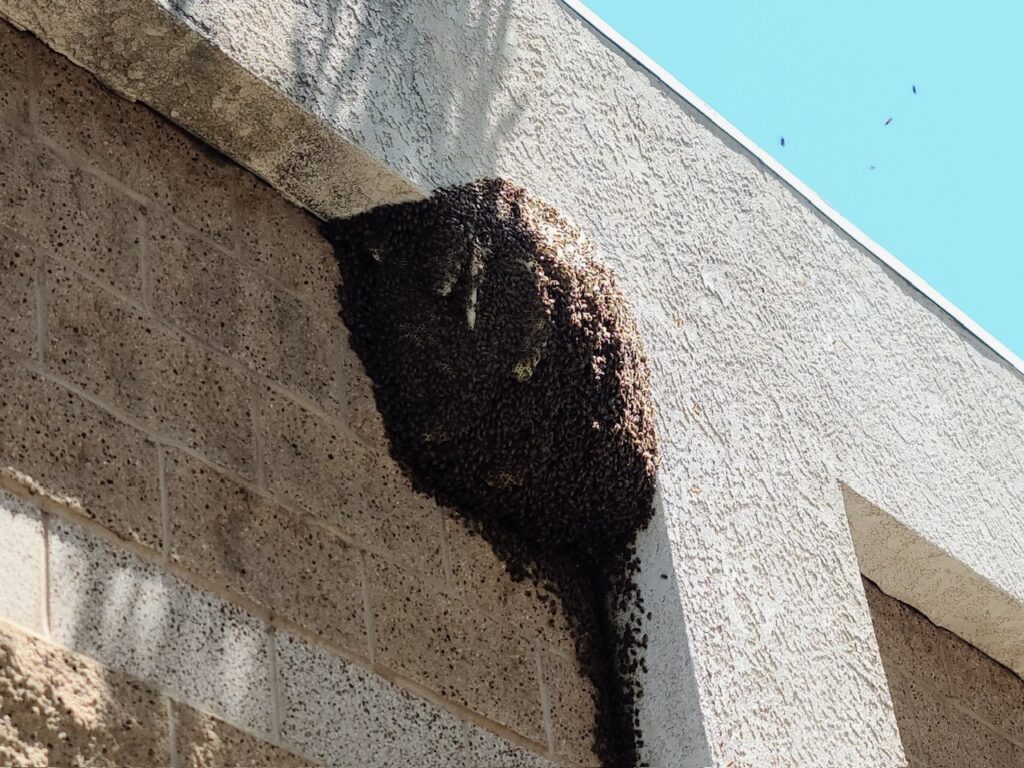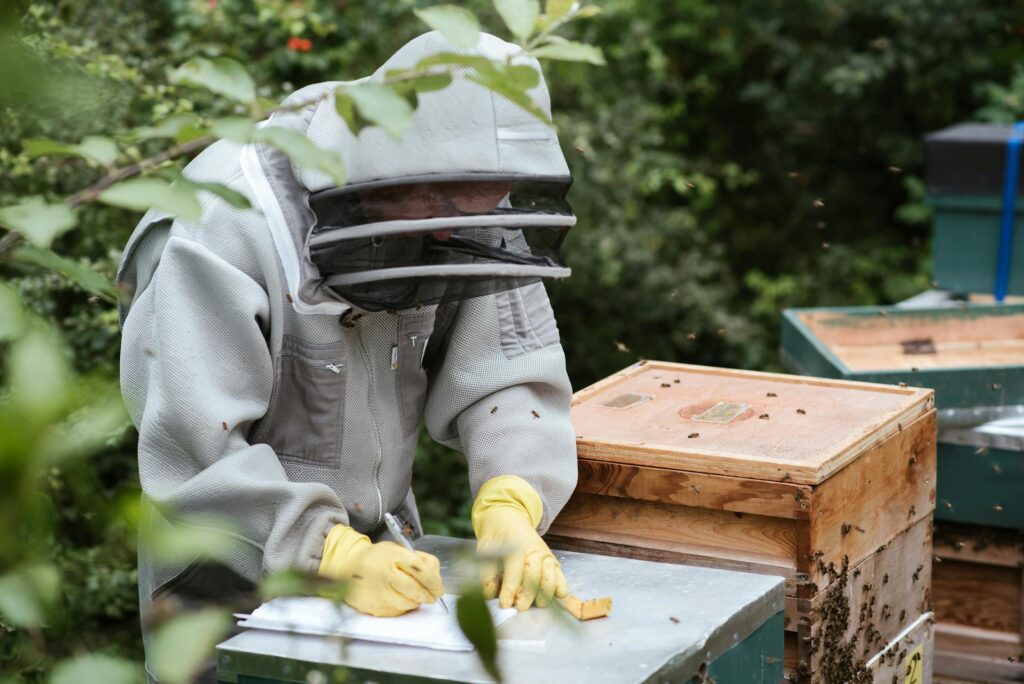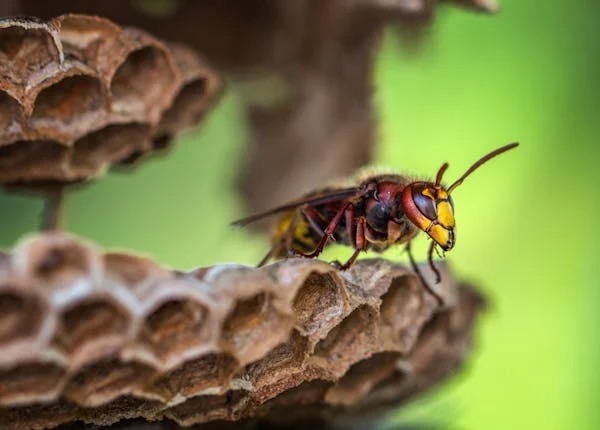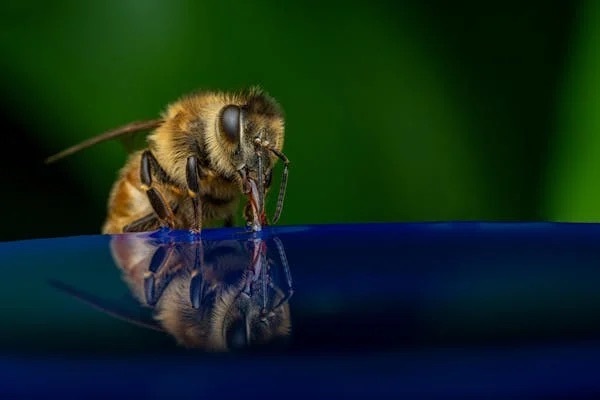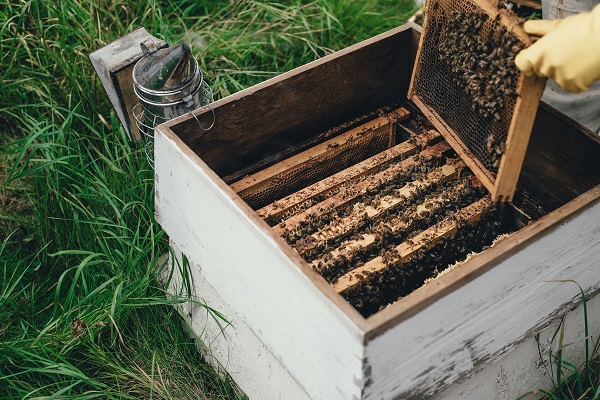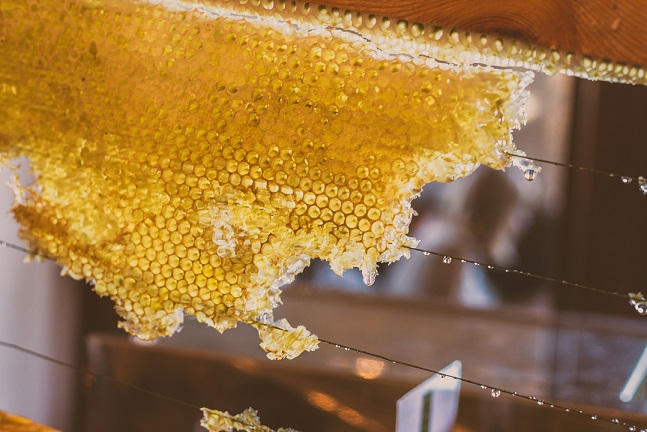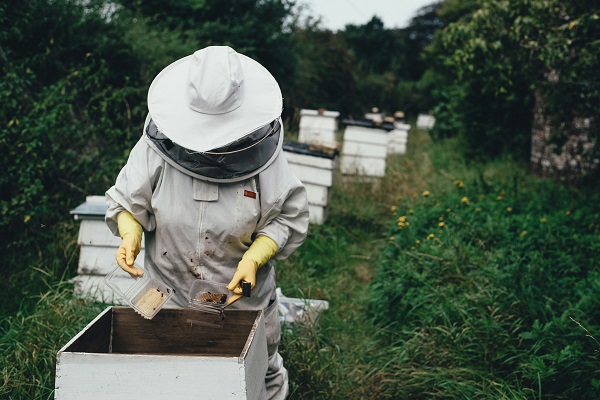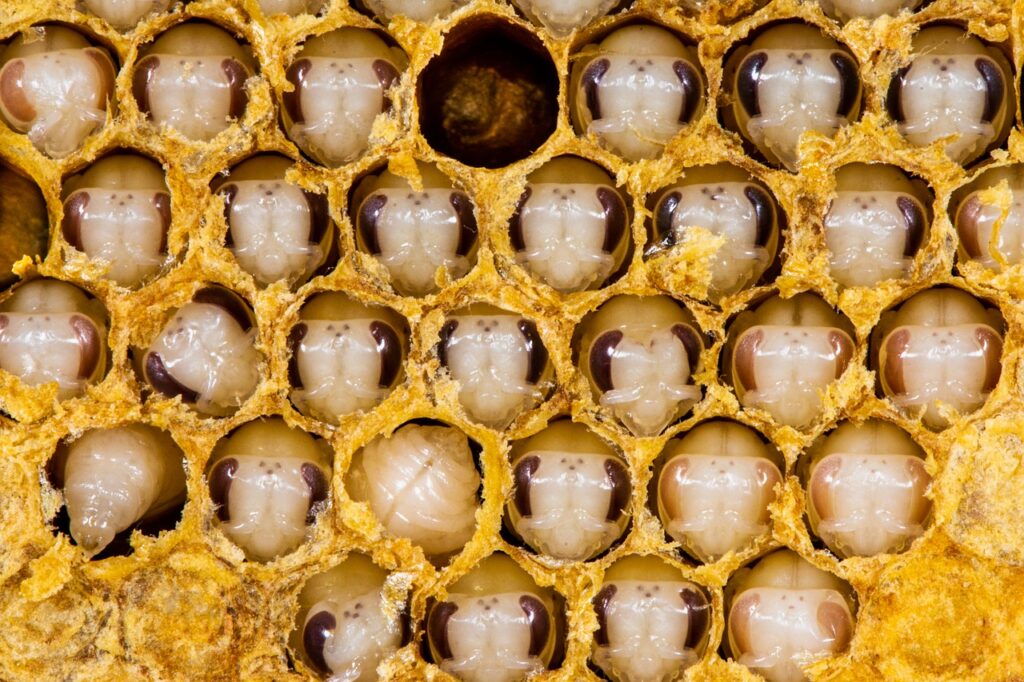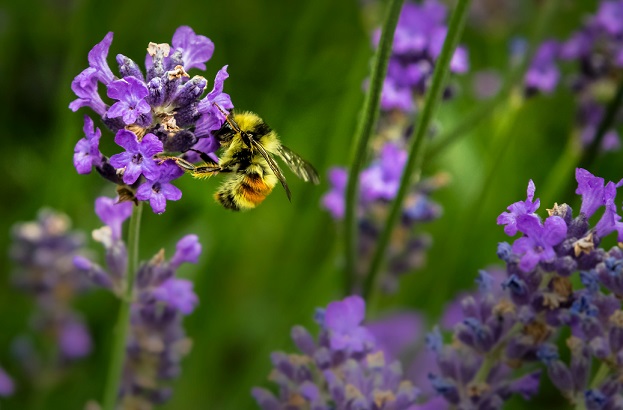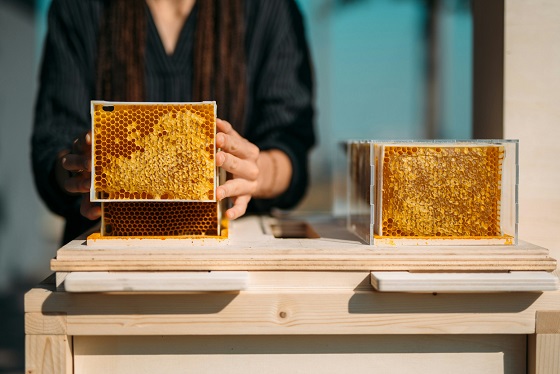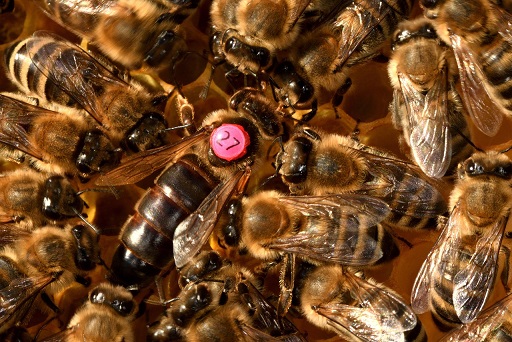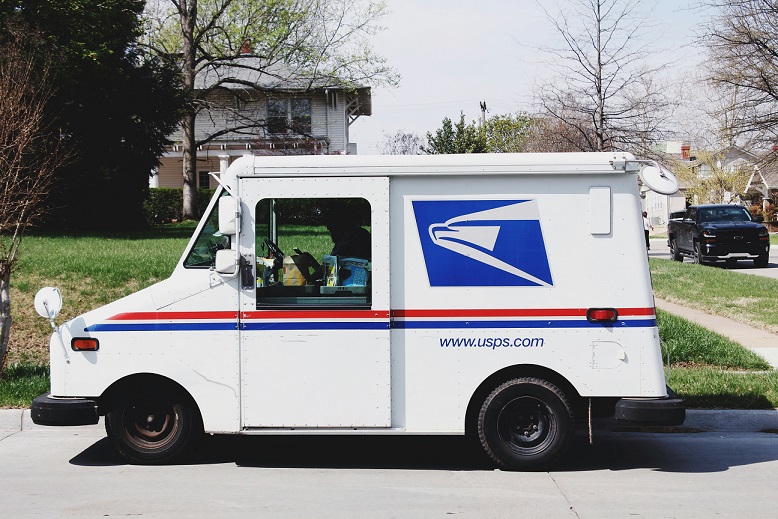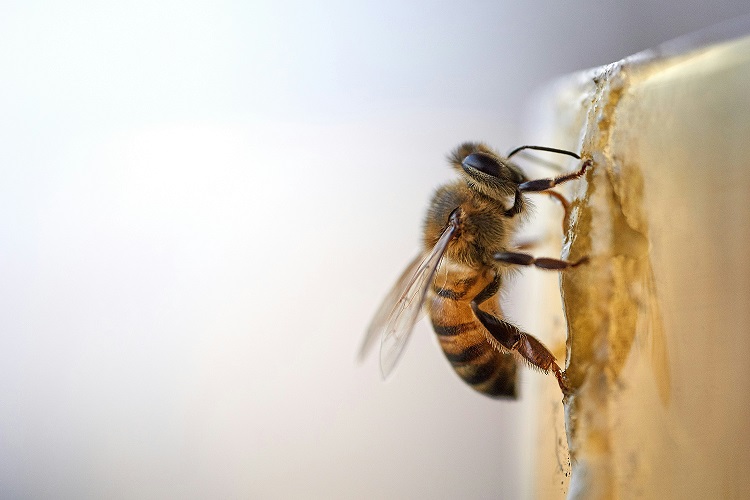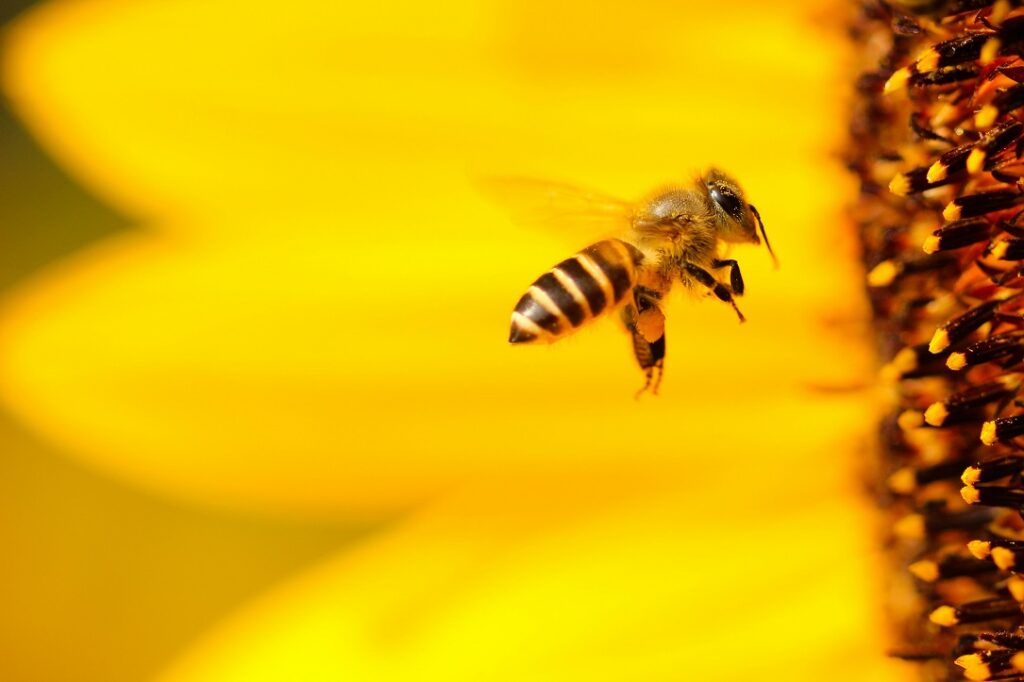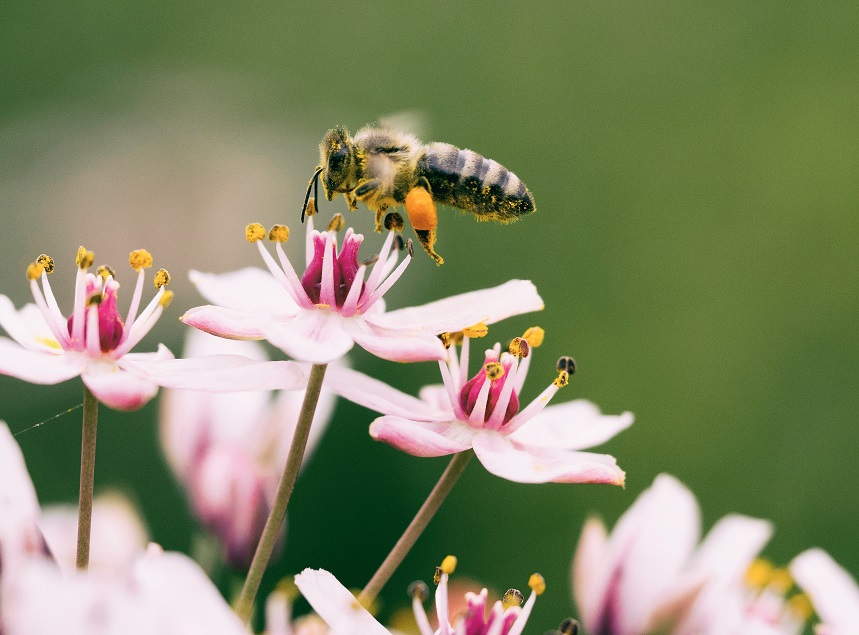Bee News
Sugar/Water bee feed
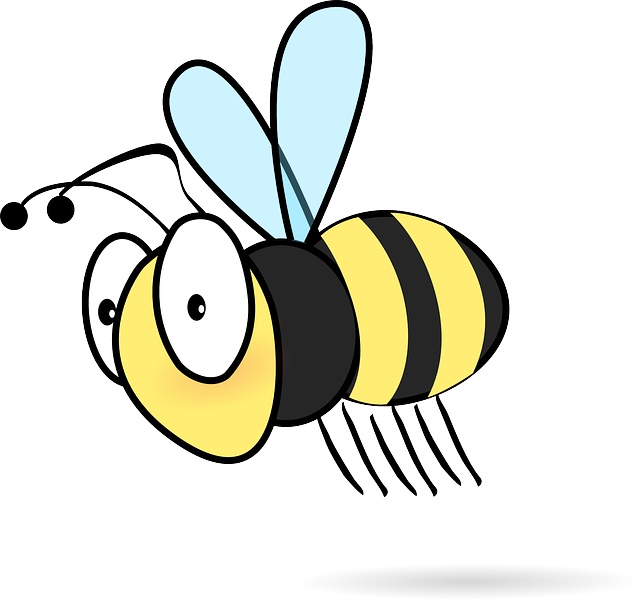


As temperatures begin to drop and the days grow shorter, beekeepers face a critical period in managing their hives. Late fall and winter can be challenging times for honeybees, as natural food sources become scarce. During these colder months, it’s vital for beekeepers to ensure their colonies have access to adequate nutrition to survive. One effective solution is to provide a sugar and water mixture, helping sustain the bees until spring blossoms return. This blog will explore the best practices for feeding your honeybees sugar and water, focusing on the recommended 50% sugar and 50% water ratio, the type of sugar to use, and tips for preventing mold growth.
To ensure your honeybees thrive through the colder months, crafting the right sugar and water mixture is essential. The most effective ratio is 50% sugar to 50% water. This concentration provides a balanced source of energy and can be easily ingested by the bees.
To create this mixture, start with one part white refined sugar. Ideally, you should avoid brown sugar due to its molasses content, which can harm the bees. Mix this with an equal part of water. For instance, if you use 1 cup of sugar, add 1 cup of water. It’s best to use warm water to help dissolve the sugar fully and make it easier for the bees to digest.
White refined sugar is recommended for feeding bees during winter. It is pure sucrose, offering the necessary carbohydrates for bee metabolism and energy. Brown sugar, on the other hand, may contain impurities and higher moisture content, which can lead to the growth of mold – a dangerous condition for bees.
To further safeguard your bees’ health, you may consider adding a tiny amount – a teaspoon of bleach per gallon of the syrup – to the mixture. This will help prevent mold and mildew growth, which can be detrimental in the confined space of a hive during winter months. Be sure to stir the mixture well, ensuring that the bleach is evenly distributed, and always allow the mixture to cool if you’ve used warm water before feeding it to your bees.
As detailed above, maintaining a focused approach to honeybee nutrition feeds into the larger practice of good beekeeping. The health of your bees depends on the choices you make now during the offseason when their natural food sources are waning.
Beekeeping during the winter months entails a commitment to the health and longevity of your bee colony. By providing a sugar and water solution, you’re giving your bees the best chance to survive until spring. The tips in this blog will help you make informed choices, ensuring that your hive remains healthy and vibrant.
